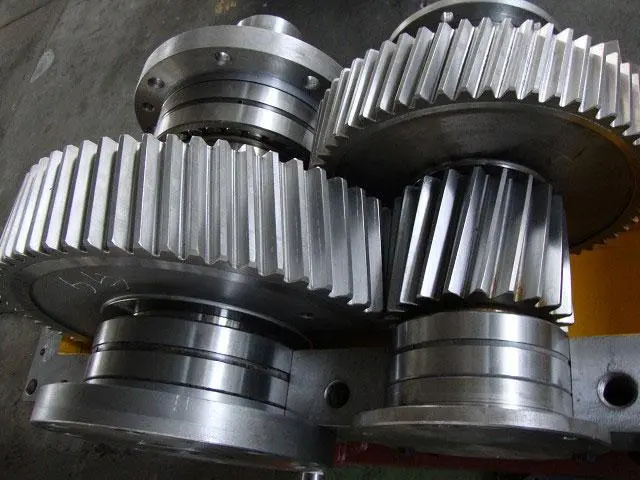What is the best way to lubricate the gearbox?
Gearbox Lubrication Like other types of rotating equipment, gearboxes rely on lubrication to reduce friction and provide cooling for optimal operation and longevity. Gearbox manufacturers provide recommendations on the type of lubrication used and typical lubrication intervals, but actual gearbox lubrication requirements depend on the environmental conditions the gearbox is exposed to, whether it is properly maintained, and whether it has experienced overloading.
There are several methods of lubricating gearboxes, the most common being grease lubrication, oil splash and forced oiling.
Grease lubrication is suitable for low speed operation, but it provides less cooling than oil, so it is not recommended for continuous duty or heavy duty applications, even at low speeds. As with any lubrication, it is important to use the right amount of lubricant, and this is especially important for greases. Using too little lubrication will prevent an adequate lubricating film from forming, but too much lubrication (especially grease) will increase viscous drag and cause power loss.
Oil splash lubrication is commonly used in helical, spur and bevel gearboxes. This method is also called an oil bath because it uses a full (or partially full) tank of oil. As the gears rotate, they dip into this oil bath and splash oil onto other gears and bearings. However, if the gear teeth are completely submerged, a condition called “churning” occurs.
Essentially, churning is when the gear or bearing has to “push” the lubricant harder. A good analogy is walking along the water’s edge on a beach. Walking through ankle-deep water is relatively easy, but if you move to knee-deep water, walking requires more effort.
The effectiveness of splash lubrication depends to a large extent on the speed of the gears. A common rule of thumb is that a tangential velocity of at least 3 m/s is required for splash lubrication to be effective.
Forced oil lubrication is preferred for high-speed applications and includes methods such as oil mist, oil mist, and oil droplets. In the oil mist method, oil is atomized so that it saturates all areas of gears and other internal components. In contrast, the oil injection method applies lubricant directly to gears and other components, but this method is not always effective because high centrifugal forces can affect the direction of the injection.
The oil drop method pumps or “drips” oil directly onto the desired surface. The pump takes oil from the tank and delivers it to the gears and/or bearings through an internal piping system. This method can often be combined with the splash (aka oil bath) method, where some components may be difficult to reach with oil splash.
Regardless of the lubrication method used, the correct type of lubrication is critical to gearbox performance. Among the parameters involved in selecting a lubricant, viscosity is the most important.
Lubricants that are too viscous for the application (i.e. lubricants that are too “thick”) will not flow adequately when the gear teeth mesh to protect the mating surfaces and provide cooling. But too low viscosity lubrication will not provide sufficient film thickness to prevent metal-to-metal contact between mating surfaces.




